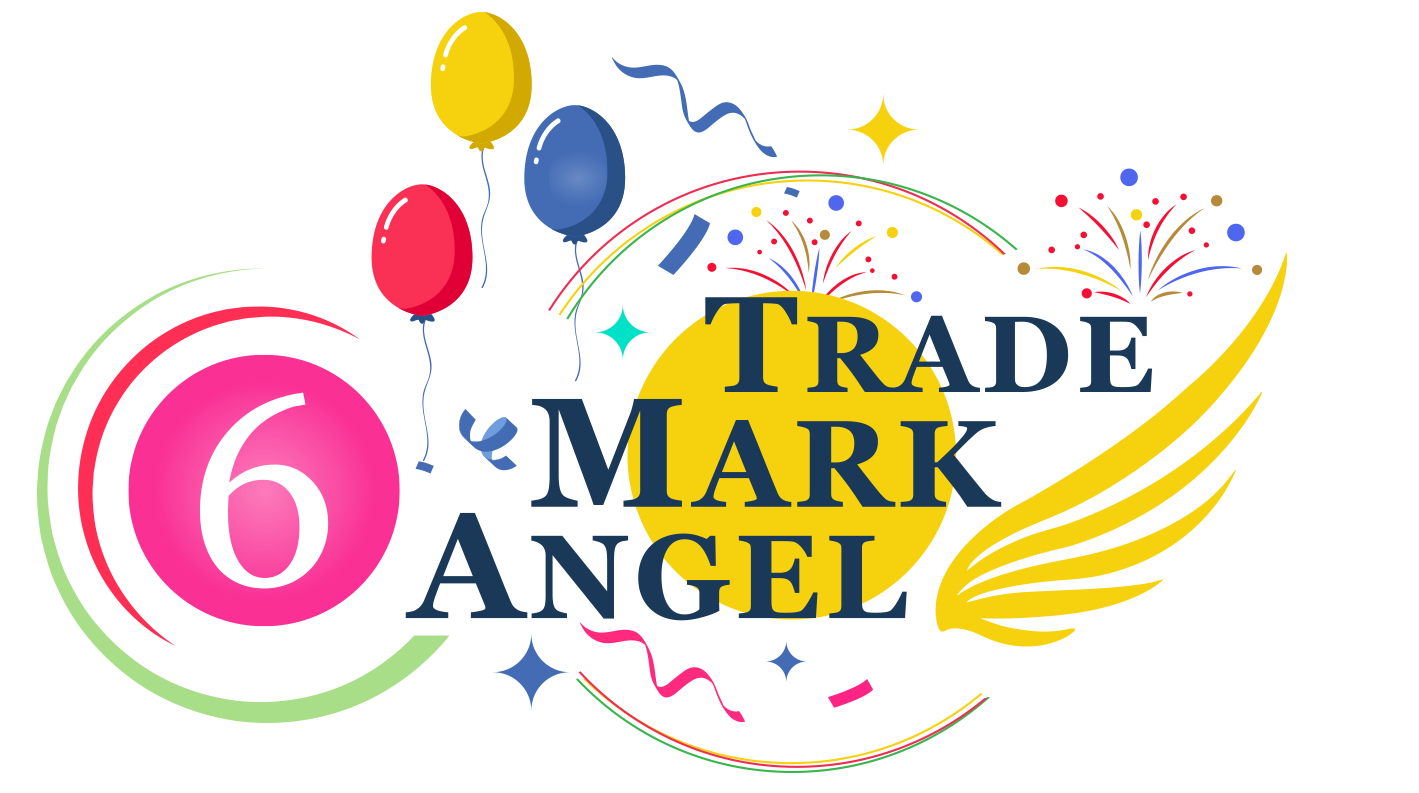Copyright protects original works of authorship. Just about anything that can be fixed in a tangible form and constitutes a creator’s expression is protectable under the Copyright Act. A non-exhaustive list of copyrightable subject matter includes:
- Literary Works.This category of works includes things like novels, poems, short stories, periodicals, essays, dictionaries, manuscripts, periodicals and articles. It also includes software, such as smartphone apps, video games and business software.
- Musical Works and Any Accompanying Words.This category of works includes any work that consists of musical notes and lyrics in a musical composition.
- Motion Pictures and Other Audiovisual Works.This category includes, online videos, motion pictures and television shows, video games, and slideshows.
- Sound Recordings.A sound recording is a work that results from the fixation of sounds without a visual component, whether musical or spoken. This category of works includes music on CDs, podcasts, and recorded speeches.
- Pictorial, Graphic, and Sculptural Works.This category of works includes two and three dimensional works of fine, graphic and applied art, photographs, prints and art reproductions, maps, and diagrams.
- Dramatic Works and Any Accompanying Music.A dramatic work is one in which a series of events is presented to an audience by characters through dialogue and action. This category of works includes plays, operas and musicals.
- Pantomimes and Choreographic Works.This category of works includes dances.
- Architectural Works.This category includes not only the architectural plans but also the building and any associated drawings.
In addition to this list of works the copyright law also protects certain compilations and derivative works.
- A compilation is a work formed by the collection and assembling of preexisting materials or of data that are selected, coordinated, or arranged in such a way that the resulting work as a whole meets the requirements for copyright protection. Compilations includes collective works, like periodicals, anthologies, encyclopedias and other works in which a number of independently copyrightable works are assembled, as well as, other works, like directories and databases, that incorporate and assemble pre-existing materials, data or other information that is not independently copyrightable.
- Derivative Works.A derivative work is a work that is based on one or more preexisting works that has been transformed or modified in some way. For example, an abridged, annotated or revised edition of a book, translations and musical arrangements.
Copyright protection in a compilation or derivative work extends only to the new material contributed by the author of the work and does not extend to either preexisting material included in the compilation or derivative work or any portion of a work that unlawfully incorporates copyrighted preexisting material.
To open in a new tab, click: What can be protected by copyright?

Leave A Comment